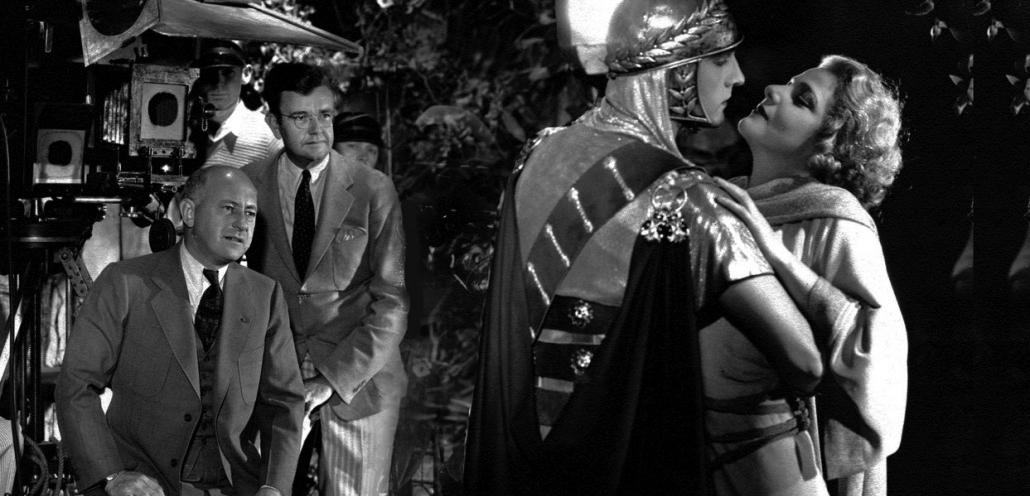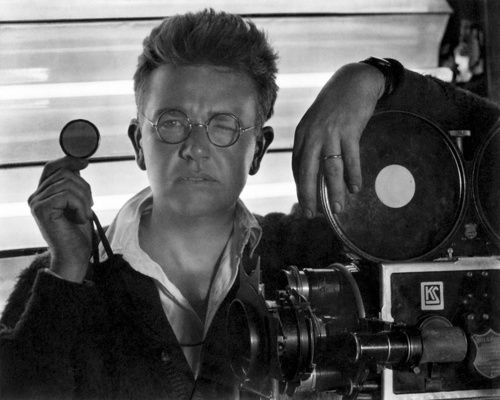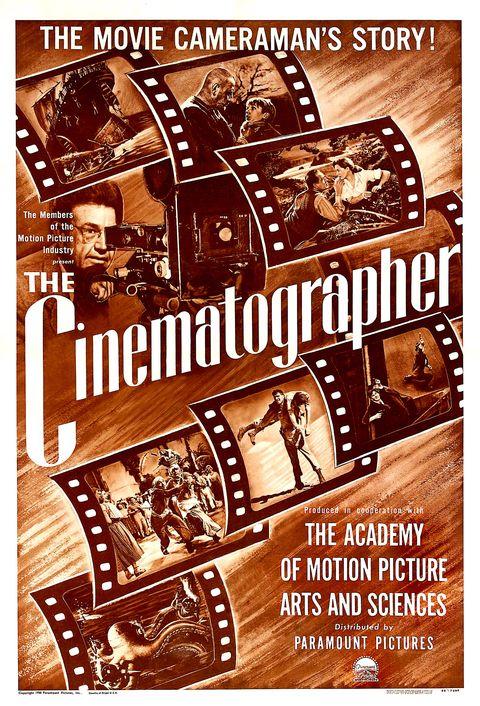
This is the Director of Photography
In 1951, the Academy of Motion Pictures Arts and Sciences produced an informative short film about the complex role of the director of photography.
Editor’s Note: In 1951, the Academy of Motion Pictures Arts and Sciences produced The Cinematographer, an informative short film about the complex role of the director of photography, and how this key position in any production is one of utmost collaboration with all other participants, from the writer, director, producer and cast to production design, wardrobe, makeup and location scouting.
The script was written with input from the American Society of Cinematographers and the picture shot by Lionel Lindon, ASC.
The film was part of a series of shorts explaining the filmmaking process, which included The Screen Writer and The Costume Designer.

Featured in the starring role as “The Cinematographer” is Karl Struss, ASC — long one of the top directors of photography in Hollywood and winner of the very first Academy Award for Best Cinematography for his work in Sunrise: A Song of Two Humans (1927; shared with Charles Rosher, ASC). Struss was also Oscar-nominated for Dr. Jekyll and Mr. Hyde (1931), The Sign of the Cross (1932) and Aloma of the South Seas (1941).
In the photo at the top of this page is Struss with director Cecil B. DeMille and actors Fredric March and Elissa Landi during the production of The Sign of the Cross.
It’s no wonder that Struss was selected by the Academy to play this part, and while the film’s depiction of his job description is somewhat dated — a product of its time — it still offers a good basic understanding of the importance of a good cinematographer on any set:
It's no surprise that AC did an article on the making of The Cinematographer, in the November issue of 1949, and it appears below as it was originally published:
This is the Director of Photography
The Cinematographer, an informative short subject sponsored by the Academy, shows important role of the cameraman in the production of entertainment movies.
By Warren Garin
Moviegoers who’d like to see how movies are made on Hollywood sound stages are getting their wish in the series of industry short subjects currently being shown in theatres throughout the nation. Those who are especially interested in how a major feature is photographed will look forward to seeing The Cinematographer when it comes to their local theatre. This is probably one of the most interesting films in the series and depicts the director of photography’s role in the production of a motion picture.
It is certain to make the work of the cinematographer more widely understood. Where heretofore the moviegoer rarely has given thought to howa picture story is put on film and thence brought to him on the theatre screen, The Cinematographer will create greater appreciation for the contribution the director of photography makes in the production in John Public’s cinema fare.

Because The Cinematographer is a picture most of our readers will want to see more than once, we have no compunctions about describing its content here or for giving excerpts of the descriptive narration. The opening of the picture could not have been more wisely planned. It opens on a view of the Mitchell studio camera, then dissolves to a closeup of the inner workings of the camera, giving the viewer probably his first close-up look at the instrument which is used in photographing theatrical movies.
The director of photography — the man who guides this instrument — is then introduced by the narrator, who adds “…his importance and influence are felt from the moment a motion picture begins to take shape until it is completed. It is on the basis of what his camera can and cannot do that screenplays are written.”
Karl Struss, ASC, one of the industry’s top cinematographers, was chosen by his associates in the American Society of Cinematographers to portray the role of the director of photography in this important documentary that is to reveal to millions of people the important function of the motion picture cameraman.
Mr. Struss is shown in pre-production consultations with the art director, the wardrobe department and head of the makeup department. “It is with an eye to what is expensive to photograph and what is not that budgets and breakdowns are prepared,” the narrator explains. “It is with a sound conception of how they will look before the critical eye of his camera that costumes are designed and makeup is applied.”
The usual procedure of the cinematographer in checking the dressing of sets, and on through a long list of production operations is shown. “On the cinematographer, then, rests the crucial responsibility of integrating and translating to film all the many and varied tangibles and intangibles which go into making every motion picture,” the narrator explains.
“It is a responsibility for which he is well qualified. His background is one of much study, training and experience. He has served a long and thorough apprenticeship in all phases of cinematography — a progressive apprenticeship which took him through stages of experience as an assistant cameraman, and later as an operating cameraman. All this long before he reached his present status as a director of photography, ASC.”
“The letters ASC identify him as a member of the American Society of Cinematographers, just as, in Britain, ‘BSC’ designates a member of the British Society of Cinematographers.”
The picture proceeds to show the preparation of sets for actually shooting the picture, the placement of lights and then the addition of certain gadgets whose function are to tone down a light here or add a shadow there all according to the individual flair of the cinematographer. For light, you see, is his medium — the only one in which he works, and he orders it to his liking.
“By changing his lighting,” the narrator tells us, “the cinematographer creates almost unlimited variations in mood and character on the screen, as a few samples of his artistry will illustrate.” And a series of inserts illustrate lighting for romance, for comedy and for drama. Some of the most notable scenes from recent outstanding films, some of them Academy Award winners, are shown as the narrator explains that here is the tangible result of the cinematographer’s work: “Images on film — 150,000 of them in the average feature-length picture! A celluloid ribbon a mile and a half long.”
The picture closes with the thought that wherever the cinematographer works, whatever his assignment, he has but one purpose: to add to your movie-going pleasure by giving you top entertainment in pictures.
Script for the picture followed long consultants with leaders in the profession and officers of the ASC. Grant Leenhouts, of the Academy of Motion Picture Arts and Sciences, which sponsored production of this and other films in the series, acted as coordinator for the writers gathering data that went into the final script by screenwriter Lyle Robertson.
The picture was produced at Paramount Studios by Jerry Hopper and photographed by Lionel Lindon, ASC
If you enjoy archival and retrospective articles on classic and influential films, you'll find more AC historical coverage here.
For access to 100 years of American Cinematographer reporting, subscribers can visit the AC Archive. Not a subscriber? Do it today






